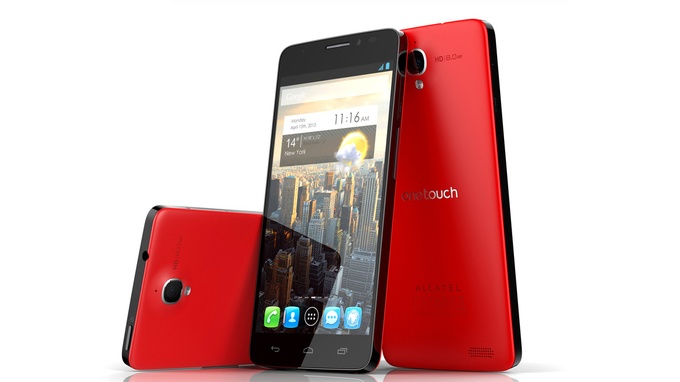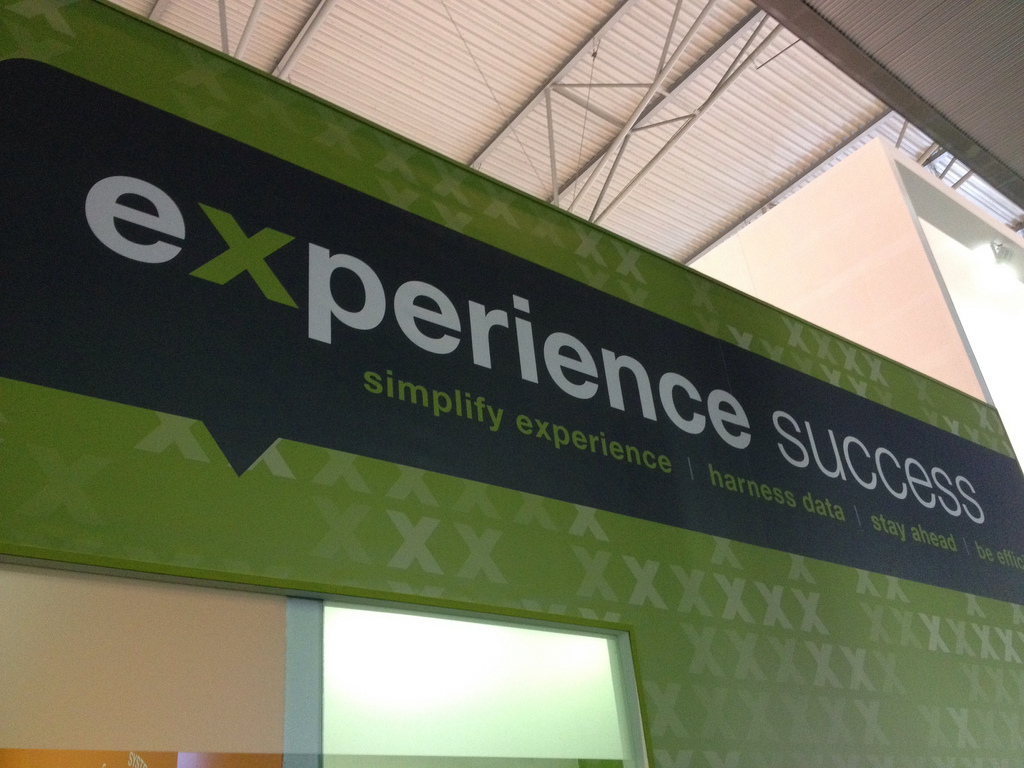
Bringing customisation closer to the customer
There was a time when handset manufacturers and network operators talked of delivering personalisation right down to the level of individual customers. For manufacturers, it meant ever more diverse products targeting smaller segments. The economics were enabled by standardising the underlying hardware and software platforms, allowing many different industrial design permutations without the usual costs associated with a new handset build. For operators, it was a story about deeply integrated services and apps, pre-installed or available to subscribers as an ongoing al-a-carte menu.
The results, of course, have been rather different. Today the majority of handsets follow a generic touchscreen slate formula, derived as a competitive response to the iPhone, and personalisation is achieved through app stores run on platforms controlled by Apple, Google and Microsoft.
Should we conclude then that there is no customer demand for devices with hardware better tailored to individual niches or that users are content to express their digital personality entirely in software, through their choice of apps?
The story we hear from consumers suggests the opposite. There is pent up demand for a deeper level of customisation in hardware. I am always surprised by the number of users who talk more about finding a £20 case in their favourite colour than the £500 Samsung Galaxy SIII or iPhone 5 it protects.
Perhaps it is human nature to place more value on the things we believe we have created for ourselves than those that were designed for us?
The runaway success of Sugru, the ‘fix anything’ modelling material we used in a previous MEX design exercise, is an example this sentiment.
There are signs of change in the mobile industry. I spoke with Stephen Donovan, Business Development Director at IDT Systems, at Mobile World Congress. IDT is the company behind Case Station, a manufacture-on-demand service which offers a delightfully easy and compelling interface for users to create personalised cases with their own photos, collections from artists or imagery from teams and brands.
Case Station stands out for several reasons. Firstly, it owns and develop its own manufacturing technology. It produces high quality, durable cases with good print quality and is about to launch a machine small enough to be deployed at retail, bringing manufacturing customisation to the point of distribution. Second, it has built a compelling digital experience to guide customers through the customisation process, which can be deployed under its own brand or white labelled to partners.
It is built in HTML5 and runs on a mobile device. As a result, it would be entirely feasible for a retail customer to be handed an iPad and sit comfortably, choosing their own customisation options, while the sales assistant was busy activating their new phone. They’d walk out of the store with a device protected by a case that reflected their aesthetic and personality.
Donovan believes the UK is particularly slow in driving high margin accessory sales at retail. Apparently accessory take up with a new device is about 13 percent in the UK, compared to 25 percent globally.
It is clear from my conversation with Donovan that the management sees this as a bigger play than the customised hard cases it sells today. With their own manufacturing technology, IDT is already exploring new materials – leather and silicon, for instance – and new finishing techniques, including etching.
It is interesting to consider how services like this intersect with other emerging trends: 3D printing (which Andrew Muir Wood wrote about in this MEX MWC report) and manufacturers like Nokia returning to ‘snap on’ covers to deliver choice in colours and even smart features, such as integrated wireless charging and contactless payment (e.g. the Nokia Lumia 620 and 820).
How would consumers respond to a handset brand which rolled out ‘at retail’ customisation as a key part of the product? What if the external casing of the next Nokia you bought could be printed in any colour you wanted or with a pattern from your favourite artist? What if you could also choose whether you wanted to add wireless charging or an enhanced camera module for a small additional fee?
Food for thought as we start continue MEX Pathway #6 on form factor evolution and MEX Pathway #7 on expressing sustainable values ahead of the MEX event on 26th – 27th March.



+ There are no comments
Add yours